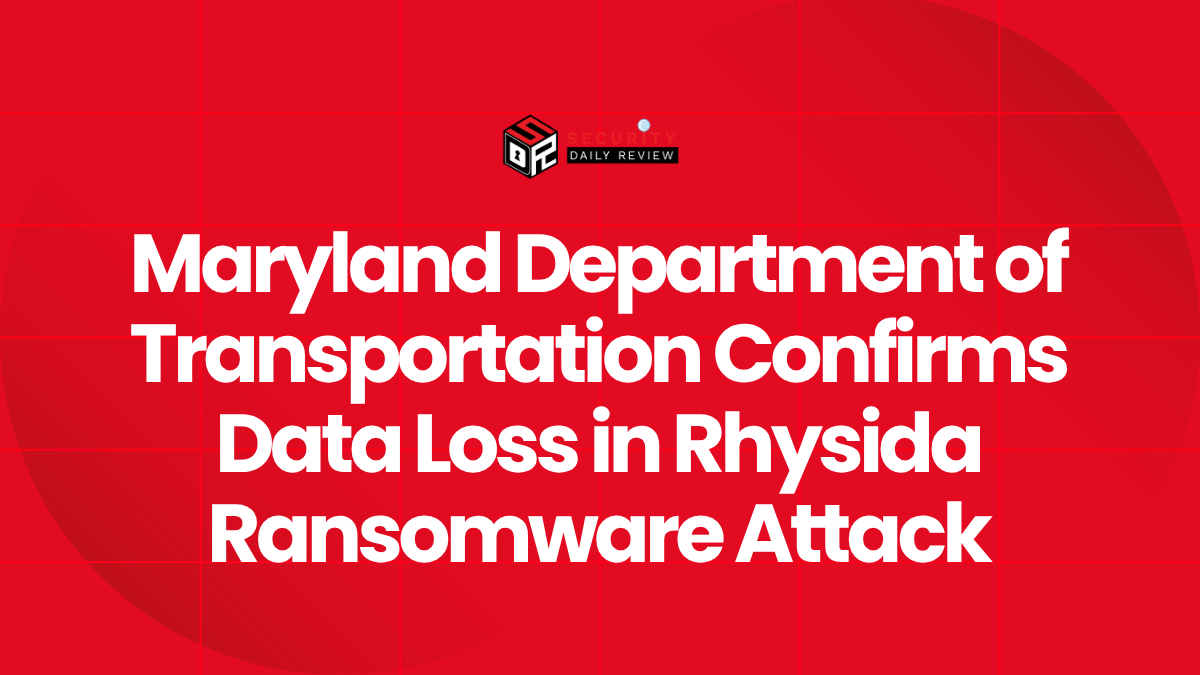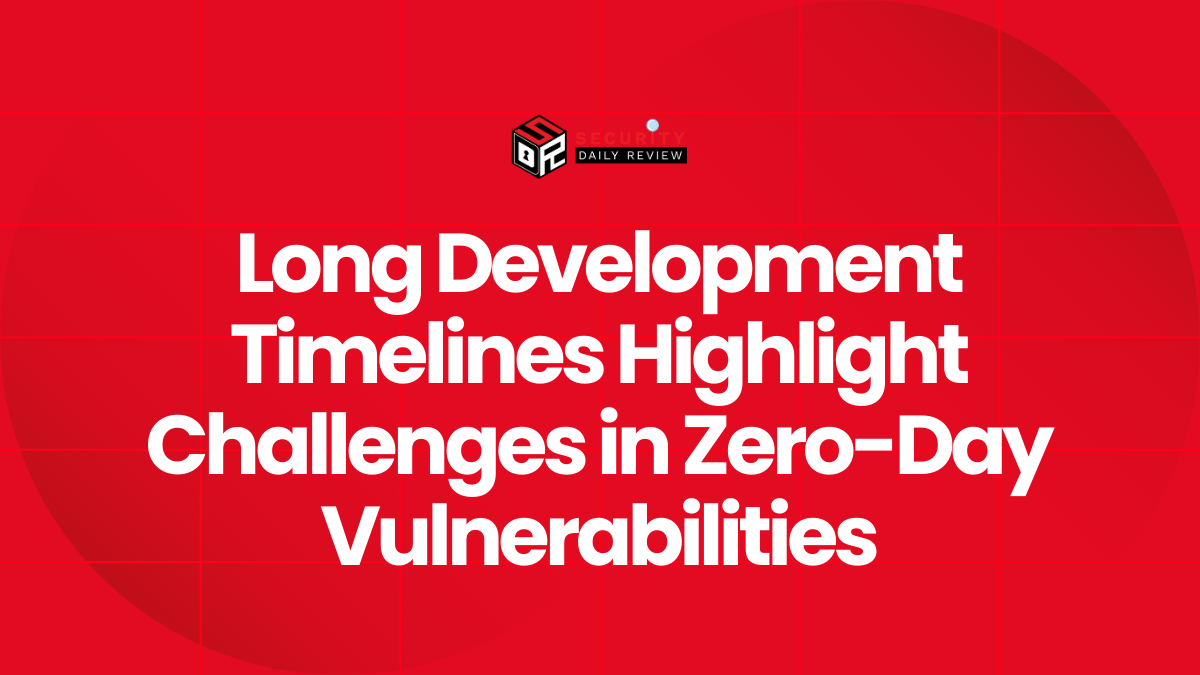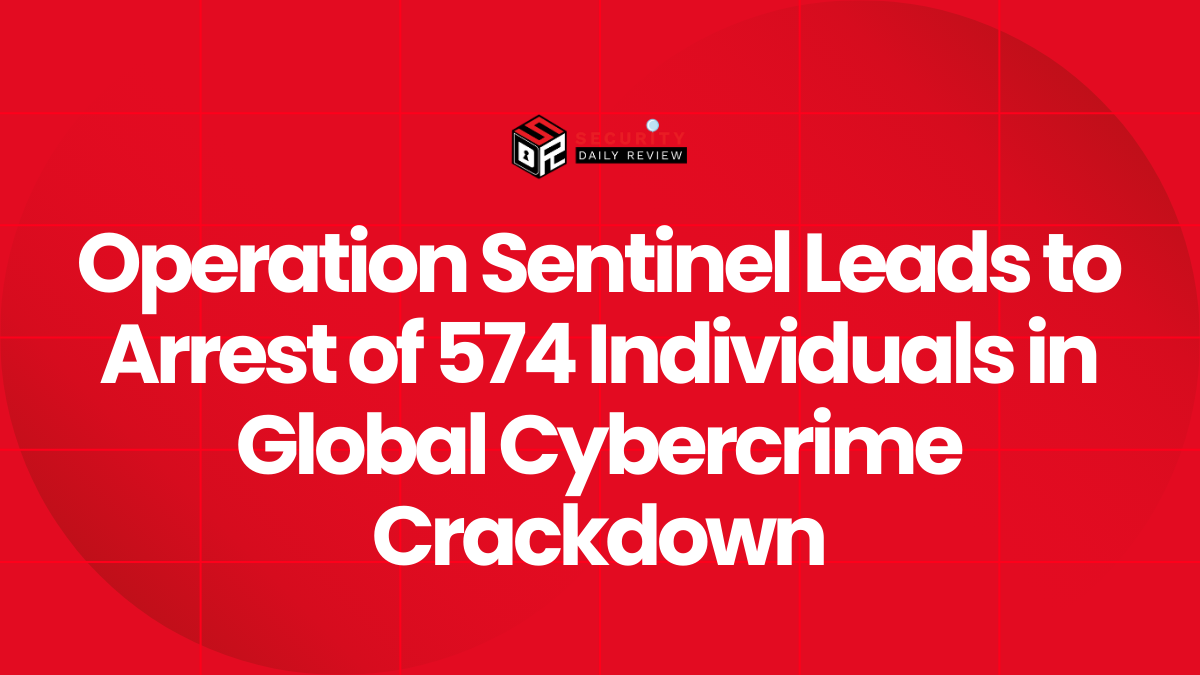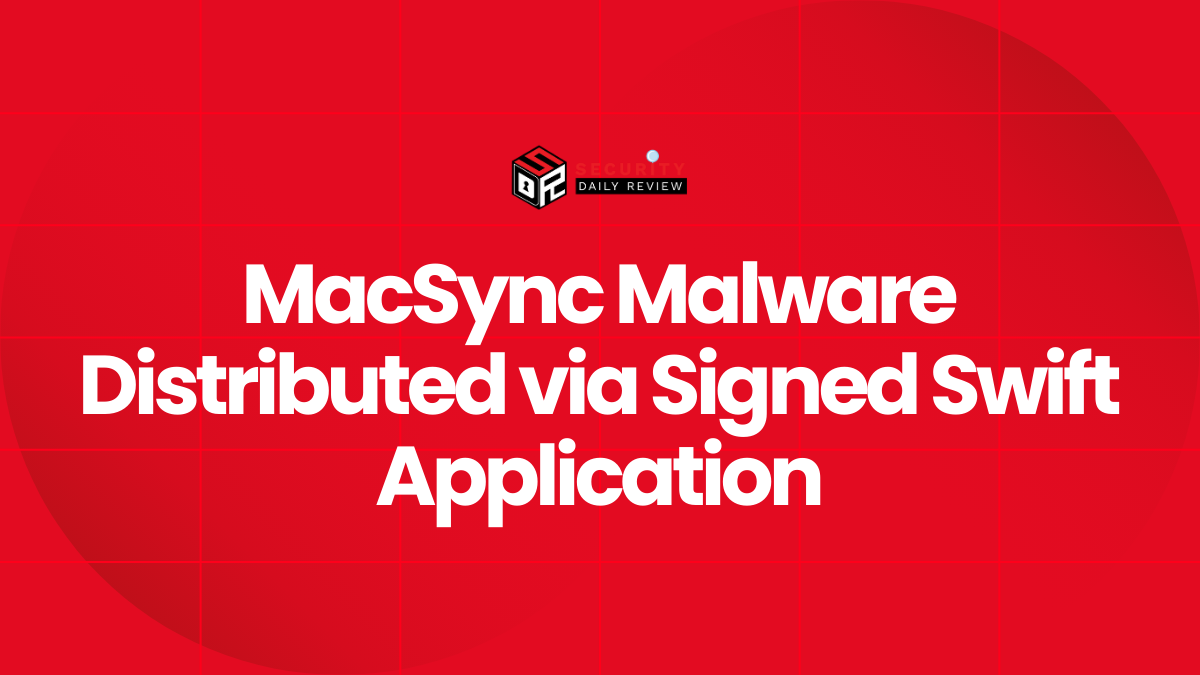Maryland’s Department of Transportation (DOT) acknowledged an intrusion that has resulted in confirmed data loss and the public posting of stolen materials on a ransomware leak site. The threat actor posting the samples claims to be the Rhysida group and is demanding a ransom of approximately 30 bitcoin (roughly $3.3 million) to withhold or unlock the data. MDOT said the incident involves “certain Maryland Transit Administration systems,” and the agency is investigating with law enforcement and external cybersecurity partners; the MTA has posted an official incident update with service-impact details.
Security researchers who examined the extortion site report screenshots of passports, IDs, Social Security–style documents and background checks among the leaked files. The initial public reporting tied the claim to the Rhysida leak blog and documented the gang’s habit of showcasing victim data to pressure payments. At present, MDOT states core transit services remain operational but some real-time bus-tracking and ancillary capabilities remain degraded while investigators scope the breach.
“The investigation has, at this point, confirmed incident-related data loss,” MDOT said in its notice to users and employees.
Technical Breakdown, Attribution, and Comparative Incidents
What the Leaks Appear to Contain
Researchers reviewing the samples say the material includes employee identification documents, passports, Social Security cards, criminal background checks and internal financial reports. While MDOT noted some posted documents are routine budgetary materials, the presence of personally identifiable information (PII) tied to employees raises immediate identity-theft and social-engineering concerns.
Likely Methods and Attacker Behavior
Rhysida is a Ransomware-as-a-Service (RaaS) affiliate network known to use phishing, Cobalt Strike, and other common intrusion tooling to gain initial access, move laterally, and deploy double-extortion payloads. Federal and industry advisories have previously documented Rhysida’s TTPs and recommended hunting for Cobalt Strike beacons, suspicious RDP activity, and signs of data staging prior to encryption or exfiltration. Security vendors and public-sector advisories provide indicators and mitigation guidance for Rhysida-style intrusions.
Comparative Context and Recent High-Impact Targets
Rhysida has a notable history of hitting public-sector and critical-service organizations. Previous high-profile incidents tied to the group include attacks on school districts, media outlets and healthcare providers—and security reporting shows the gang has previously demanded large ransoms from transportation and infrastructure targets. This incident follows a pattern where ransomware actors target operational or public-facing agencies to maximize disruption and negotiation pressure.
Risk Implications, Operational Impact, and What To Watch Next
Operational and Public-Safety Considerations
So far, MDOT reports that mission-critical transit functions continue but that some real-time systems and administrative workflows are affected; degraded scheduling, loss of some vehicle telemetry, and disrupted passenger information systems create customer-facing friction and potential operational risk during recovery. Even when air-traffic or vehicular control systems aren’t directly affected, the loss of situational data increases coordination complexity for operators and first responders.
Data-Loss Consequences and Fraud Risk
Employee PII—passports, SSNs and background checks—exposes current and former staff to identity theft, tax-fraud attempts, and targeted social-engineering. Adversaries commonly repurpose harvested HR and payroll records to craft believable phishing, extortion, or account-takeover attacks against an organization’s supply chain, vendors, and customers.
Law-Enforcement and Attribution Signals
Rhysida’s leak site claiming the Maryland data is consistent with the group’s previous extortion posts; national agencies and incident responders will examine ransom-note metadata, victim-specific files, and infrastructure overlaps to confirm attribution. Public-sector coordination and CISA/FBI advisories on Rhysida provide hunting artifacts and should be consulted by peers in transit and critical infrastructure sectors.
Remediation Advice and Actionable Steps for Stakeholders
Immediate Actions for MDOT and Transit Operators
- Preserve forensic evidence and timestamps: capture full disk and memory images, configuration snapshots, and logs before any broad remediation.
- Segregate affected systems: isolate compromised networks and block known attacker hosts and C2 infrastructure at the network edge.
- Rotate credentials and service principals: prioritize privileged accounts, service-to-service keys, VPN credentials, and SSO app secrets.
- Examine backup integrity and recovery path: validate offline backups and prioritize rebuilds from hardened golden images rather than in-place remediation where persistence is suspected.
- Communicate clearly to staff and the public: provide verified contact channels, instructions for employees whose PII may be exposed, and phishing awareness guidance for riders.
For IT, Security, and HR Teams
- Hunt for lateral movement artifacts: look for Cobalt Strike beacons, unusual remote-desktop sessions, elevated scheduled tasks, and mass file-copy activity.
- Monitor for downstream misuse: watch payroll systems, benefits portals, and external HR vendors for suspicious access or unauthorized changes.
- Offer identity-protection support: provide impacted employees with credit-monitoring, fraud-reporting guidance, and points of contact for fraud remediation.
For Other Public-Sector and Critical-Service Organizations
- Review exposure and supply-chain risk: any vendor that handles HR, payroll, or customer identity files should be audited for cloud misconfiguration, least-privilege access, and logging.
- Apply Rhysida hunt guidance: leverage public advisories and vendor IOCs to scan networks for known TTPs and indicators of compromise.
Security vendors and public advisories note that ransomware groups like Rhysida increasingly focus on high-impact public services to amplify pressure and visibility—making transit and infrastructure providers attractive targets. Industry advisories published earlier this year provide detection playbooks and prioritized mitigations for Rhysida-style intrusions; defenders should prioritize those tactical controls and rapid information sharing.









